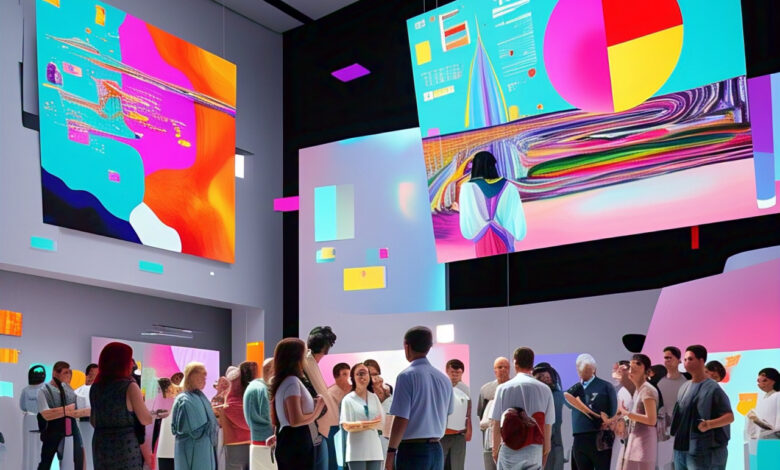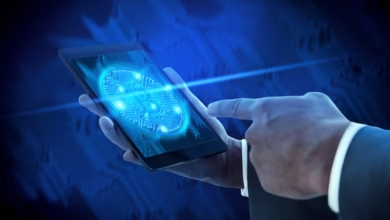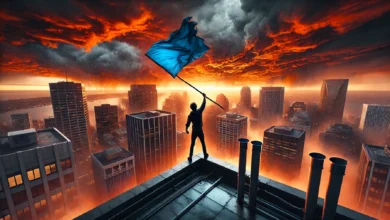AI Art Videos: A Revolutionary Tool for Digital Storytelling

In the rapidly evolving world of digital media, storytelling has never been more dynamic. With the rise of advanced artificial intelligence (AI), the way we create and consume visual narratives is undergoing a transformative shift. Among the most striking developments in this space are AI art videos — a powerful and creative medium that blends algorithmic precision with human imagination to redefine storytelling for the digital age.
AI art videos aren’t just about aesthetics; they represent a fusion of creativity, technology, and accessibility. As creators and brands look for ways to stand out in a saturated market, these videos offer an innovative path to engage audiences on a deeper emotional and intellectual level.
The Intersection of Art and Artificial Intelligence
Art has always been a reflection of human experience, emotion, and innovation. From cave paintings to digital canvases, each new medium has allowed creators to push the boundaries of self-expression. Today, artificial intelligence is the latest tool being wielded by artists and content creators to elevate their craft. AI art videos are a prime example of this convergence, where machine learning models analyze visual patterns, learn from datasets, and autonomously generate striking visual compositions that captivate viewers.
The result is an entirely new genre of digital art — one that seamlessly combines abstract, surreal, and hyper-realistic elements in ways that often defy traditional human creativity. By leveraging AI, artists are not constrained by technical skills or even conventional artistic limitations, opening the door to limitless possibilities.
Why AI Art Videos Are Capturing Attention
One of the standout features of AI art videos is their ability to create emotionally rich and visually stunning content within a short span of time. Whether you’re an independent artist, marketer, or business owner, this form of content can offer you a unique competitive advantage. Here are a few reasons why:
- Automation Meets Creativity
AI art tools streamline the video production process by automating time-consuming tasks like image generation, animation, and visual effects. This allows creators to focus on the narrative, tone, and emotional resonance rather than the technical complexities of production. - Cost-Effective Content Creation
Traditional video production can be resource-intensive, involving expensive software, professional crews, and post-production teams. AI-powered tools lower these barriers, enabling high-quality content creation without a hefty price tag. - Customization and Flexibility
AI art videos can be tailored to match specific brand identities, personal styles, or thematic needs. Whether you’re crafting a promotional video, an explainer animation, or a digital art piece, the customization options are nearly endless. - Enhanced Audience Engagement
The captivating, often surreal visuals produced by AI-generated art tend to stand out in crowded social media feeds. This makes AI art videos particularly effective for driving engagement, increasing shares, and sparking conversations online.
Applications Across Industries
The versatility of AI art videos has made them popular across a range of industries. In marketing, brands are using them to produce eye-catching advertisements and social media campaigns that cut through the noise. In education, they are being utilized to simplify complex topics through visually intuitive explanations. Even in the entertainment sector, filmmakers and musicians are collaborating with AI tools to produce mind-bending visuals that enhance their storytelling.
Nonprofits and advocacy groups are also discovering the power of AI art videos for awareness campaigns, using abstract visuals to convey messages that words alone cannot capture. This democratization of creative tools has given rise to a new era of visual storytelling where the only limit is one’s imagination.
Exploring the Role of the AI Video Art Generator
The backbone of many of these captivating creations is the AI video art generator, a specialized tool designed to convert ideas, prompts, or raw footage into artistic video compositions. These generators often employ deep learning models, particularly Generative Adversarial Networks (GANs) and neural style transfer algorithms, to produce visually cohesive and aesthetically pleasing outcomes.
What sets these tools apart is their ability to interpret and adapt to a creator’s input, whether it’s text-based prompts, sketches, or even music. This adaptability allows creators to experiment freely, iterating their visions in real-time without requiring advanced technical expertise. The AI video art generator acts as a collaborative partner rather than a mere software program, offering creative suggestions and enhancing the final output in unexpected ways.
Redefining Content Creation with AI Generated Video
The digital landscape has long relied on static images and conventional video clips to communicate ideas, tell stories, and entertain. However, the rise of AI generated video is changing that equation entirely. Unlike traditional videos that depend on human-directed footage, AI-generated videos are built from scratch or heavily augmented by machine learning models, giving them a distinct aesthetic that often lies somewhere between the surreal and the hyperreal.
From marketing campaigns to indie music videos, these AI-generated visuals challenge the audience’s perceptions of what video content can be. Their uncanny and often thought-provoking styles make them memorable, allowing creators to make a lasting impression on viewers. As the algorithms behind these videos continue to evolve, the gap between machine-crafted and human-crafted visuals will only narrow, further blurring the lines between technology and artistry.
Ethical Considerations and Creative Integrity
As with any technology, the use of AI in art videos raises important ethical and creative questions. Who owns the rights to an AI-generated work? Can machines truly “create” art, or are they merely recombining data based on human input? These questions are fueling important conversations in both artistic and legal communities.
Transparency, proper crediting, and responsible use of AI-generated content are essential to ensuring that this technology enhances rather than diminishes human creativity. Tools should be viewed as collaborators rather than replacements, enabling creators to focus on the emotional and narrative depth that machines cannot replicate.
The Future of Digital Storytelling
AI art videos represent more than just another tech trend — they signify a paradigm shift in how stories are told and experienced. As artificial intelligence becomes more sophisticated, its role in the creative process will likely deepen, helping artists and businesses craft richer and more personalized narratives.
With virtual and augmented reality on the horizon, AI art videos may evolve into fully immersive experiences where viewers are not just passive observers but active participants in unfolding stories. This opens the door to interactive films, personalized learning modules, and dynamic marketing campaigns that adjust in real-time based on user input.
In conclusion, AI art videos are reshaping the boundaries of digital storytelling. By combining the boundless creativity of human artists with the precision and speed of artificial intelligence, this new medium offers an exciting and accessible way to craft powerful visual narratives. Whether you’re an artist, entrepreneur, educator, or content creator, embracing this revolutionary tool could be the key to standing out in an increasingly crowded digital world.



